Home>Ideas and Tips>The Enchanted Garden Year-Round Indoor Growing
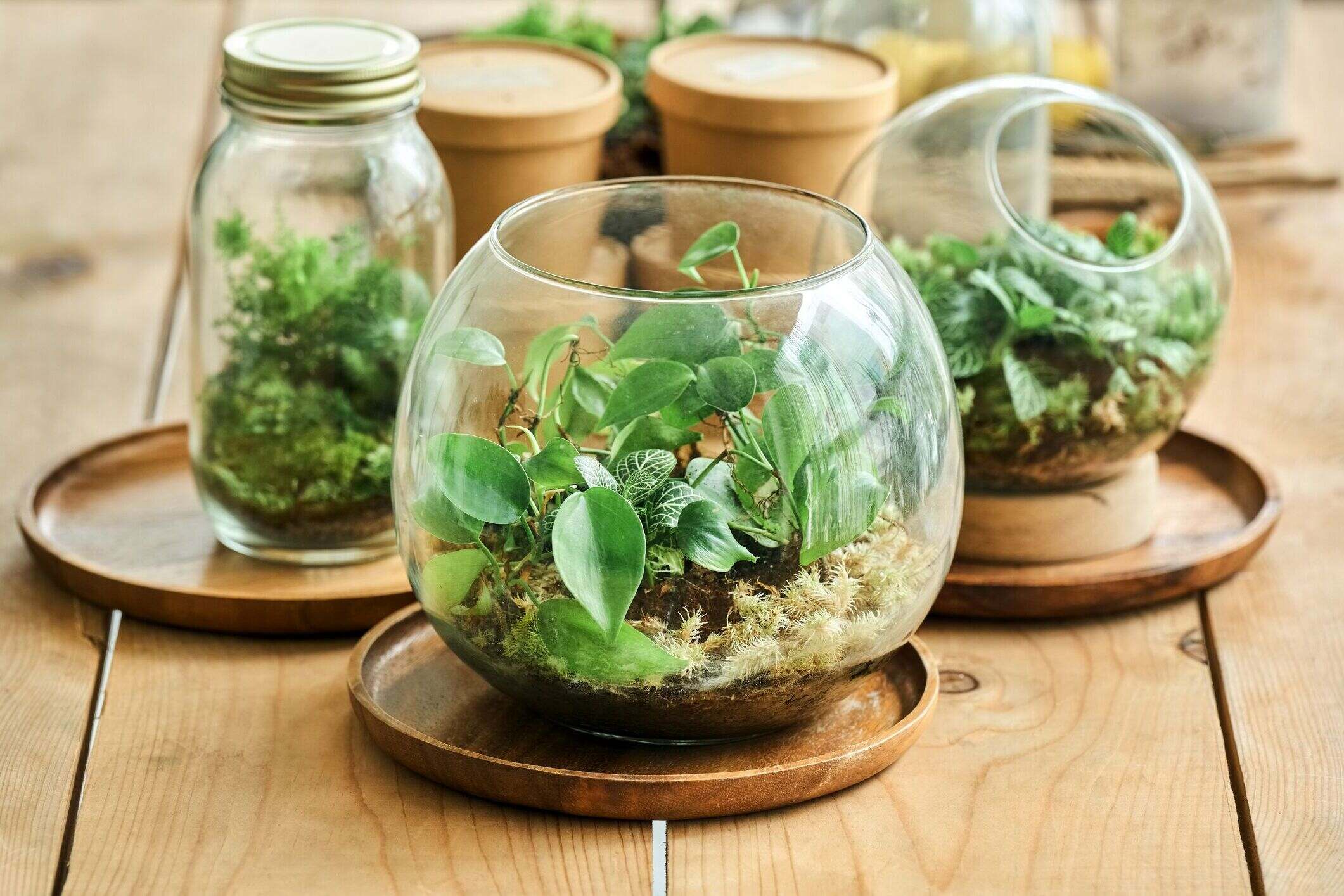

Ideas and Tips
The Enchanted Garden Year-Round Indoor Growing
Modified: November 1, 2024
Discover the secrets to year-round indoor gardening with our guide. Learn how to grow fresh produce indoors, regardless of the season.
(Many of the links in this article redirect to a specific reviewed product. Your purchase of these products through affiliate links helps to generate commission for Storables.com, at no extra cost. Learn more)
Indoor gardening has become increasingly popular as people seek to bring the beauty and bounty of nature into their homes. Unlike traditional outdoor gardens, which are limited by seasonal changes, indoor gardens can be cultivated and harvested throughout the year. This flexibility makes them an ideal choice for those who want to enjoy fresh, homegrown produce regardless of the weather outside.
Basics of Growing Vegetables and Herbs Indoors
Growing vegetables and herbs indoors is quite different from outdoor gardening. The most significant advantage is that you can plant and harvest year-round, unaffected by seasonal changes. Here are some key points to consider:
1. Choose the Right Plants
Greens are the easiest plants to grow indoors. They are relatively pest and disease free when grown correctly. Lettuce, spinach, kale, and herbs like basil, mint, and chives are excellent choices for indoor gardens. These plants are hardy, easy to care for, and can be harvested continuously using the cut-and-come-again method.
2. Continually Plant New Crops
Annual varieties of lettuce and greens will eventually bolt (go to seed) if not replanted. To ensure a constant supply of fresh greens, it's essential to have plants at all stages of growth. When one set of greens begins to bolt, it's time to plant a new container. This method significantly increases the productive life of your greens.
3. Try Perennials in Your Indoor Garden
Some varieties of greens can be grown as perennials indoors. For example, Malabar spinach is a perennial variety that can thrive indoors. Additionally, many herbs like oregano, thyme, chives, and mint are perennial and can be kept in your indoor garden year-round.
4. Grow New Plants by Cloning or Taking Cuttings
For plants like tomatoes, peppers, and cucumbers that don't need to be replanted as frequently as greens, you can use cloning or taking cuttings from mature plants to start new ones indoors. This method ensures that you have a continuous supply of these vegetables throughout the year.
High Production in Small Space
One of the most significant benefits of indoor gardening is its ability to produce a high volume of edible produce in a small space. By utilizing shelving and hanging pots from ceilings or walls, you can maximize every inch of available space. This approach not only saves room but also increases productivity.
Grow Food Almost Anywhere
The versatility of indoor gardening allows you to grow food almost anywhere within your home or even in an insulated outdoor shed or basement. With the use of grow lights, you can create an environment suitable for plant growth even in areas with limited natural light. This flexibility makes it possible to grow plants in places you never thought possible.
No Weeding Needed – Ever
One of the most appealing aspects of indoor gardening is that weed control is unnecessary. Unlike outdoor gardens where weeds can sprout up unexpectedly due to wind carrying seeds, indoor gardens are weed-free. The potting soil used for indoor plants is designed to provide a happy home for the roots of your plants without allowing weeds to grow.
Simple Insect Control
While indoor gardens are generally pest-free, there may be occasional issues with small greenhouse flies or other insects. However, these can be managed with simple strategies such as using insect traps or maintaining good hygiene practices in your garden area.
Read more: Setting Up A Year-Round Indoor Herb Garden
Protected Environment
An indoor garden is protected from harsh weather conditions like freezing temperatures, wind, hail, snow, and intense summer sun. This controlled environment ensures that your plants receive consistent conditions necessary for optimal growth.
Benefits of an Indoor Garden
1. Year-Round Harvest
Indoor gardening allows you to harvest fresh produce year-round without worrying about seasonal changes or weather conditions.
2. High Production in Small Space
By maximizing available space with shelving and hanging pots, you can produce a high volume of edible produce even in small areas.
3. No Weeding Needed – Ever
Weed control is unnecessary in indoor gardens due to the absence of wind carrying seeds.
4. Simple Insect Control
Insects are relatively easy to manage in indoor gardens using simple strategies like insect traps or good hygiene practices.
5. Protected Environment
The controlled environment of an indoor garden protects plants from harsh weather conditions like freezing temperatures and intense summer sun.
Tips for Soil Prep and Fertilization
Soil preparation and fertilization are crucial for maintaining a healthy indoor garden. Here are some tips:
1. Choose the Right Soil
Use high-quality potting soil specifically designed for indoor plants. This type of soil is usually formulated to retain moisture but drain excess water quickly, preventing root rot.
2. Fertilize Regularly
Fertilize your plants regularly but avoid over-fertilizing as this can damage roots and affect plant health negatively.
3. Monitor pH Levels
Check the pH levels of your soil regularly to ensure they are within the optimal range for your plants (usually between 6.0 and 7.0).
Monthly Garden To-Do’s
To keep your indoor garden thriving throughout the year, follow these monthly tasks:
January
- Fruit Trees Plant & Protect: Plant fruit trees and protect them from frost.
- New Arrivals: Check for new arrivals like seed potatoes and fruit trees.
- Prime Planting Time: Plant leeks, asparagus, potatoes, spring bulbs.
- Still Time for Cool Season Annuals: Plant cool season annuals like onions.
- Last Chance for Cool Weather Vegetables: Harvest cool weather vegetables before they bolt.
February
- Annual and Perennial Color: Plant annuals like roses and perennials like shade trees.
- Prime Planting Time: Plant asparagus.
- Still Time for Hydrangeas: Amend soil to turn hydrangeas blue.
- Last Chance for Spring Vegetables: Harvest spring vegetables before they bolt.
March
- Prepare for Pest & Fungus Infestations: Protect new plantings from cold temperatures.
- Custom Pot Renovations: Fertilize and remove weeds from pots.
- Prime Planting Time: Plant ornamental trees like butterfly plants.
April
- Tropical Plants Just Arrived: Plant tropical plants like blackberry bushes.
- Prime Planting Time: Plant caladium bulbs.
- Still Time for Lawn Fertilization: Fertilize lawns before heat sets in.
Read more: How To Grow Your Own Herb Garden Year-Round
Planting Your Bare-Root Tree
If you're planning to add fruit-bearing or flowering trees to your garden using bare-root plants:
- Take Off Protective Packaging: Remove protective packaging around the roots.
- Soak in Water: Soak roots in water for approximately three to six hours.
- Dig a Hole: Dig a hole at least double the size of the root spread.
- Mix Soil & Compost: Mix equal parts garden soil and good compost to fill in the hole.
- Place Tree: Place tree in hole ensuring root collar is level with ground.
- Pack Soil Well: Pack soil around roots well ensuring no air pockets remain.
- Build Water Basin: Build up soil around base forming water basin; give good watering initially; cover area around base with mulch holding moisture; water every seven to ten days until well established.
Growing a Year-Round Indoor Salad Garden
Growing lettuce indoors year-round is possible using Peter Burke’s unique indoor salad garden technique:
- Choose Right Greens: Select varieties like sunflower greens, pea shoots buckwheat lettuce radish greens which grow quickly under right conditions called “soil sprouts.”
- Continual Harvesting: Use cut-and-come-again method ensuring continuous supply fresh greens throughout year without needing replant frequently unlike annual varieties which eventually bolt going seed requiring replacement regularly maintaining constant supply fresh produce home table year-round basis ensuring never run out favorite salads again!
Conclusion
In conclusion, creating an enchanted garden year-round indoors offers numerous benefits including high production small space no weeding needed simple insect control protected environment year-round harvest among others making ideal choice anyone looking enjoy fresh homegrown produce regardless weather outside By following tips outlined above including choosing right plants continually planting new crops trying perennials growing new plants cloning taking cuttings maximizing available space using shelving hanging pots monitoring pH levels fertilizing regularly following monthly tasks planting bare-root trees growing year-round indoor salad gardens you’ll be well-equipped create thriving productive indoor garden supplying you fresh produce year-round basis Happy gardening
Was this page helpful?
At Storables.com, we guarantee accurate and reliable information. Our content, validated by Expert Board Contributors, is crafted following stringent Editorial Policies. We're committed to providing you with well-researched, expert-backed insights for all your informational needs.

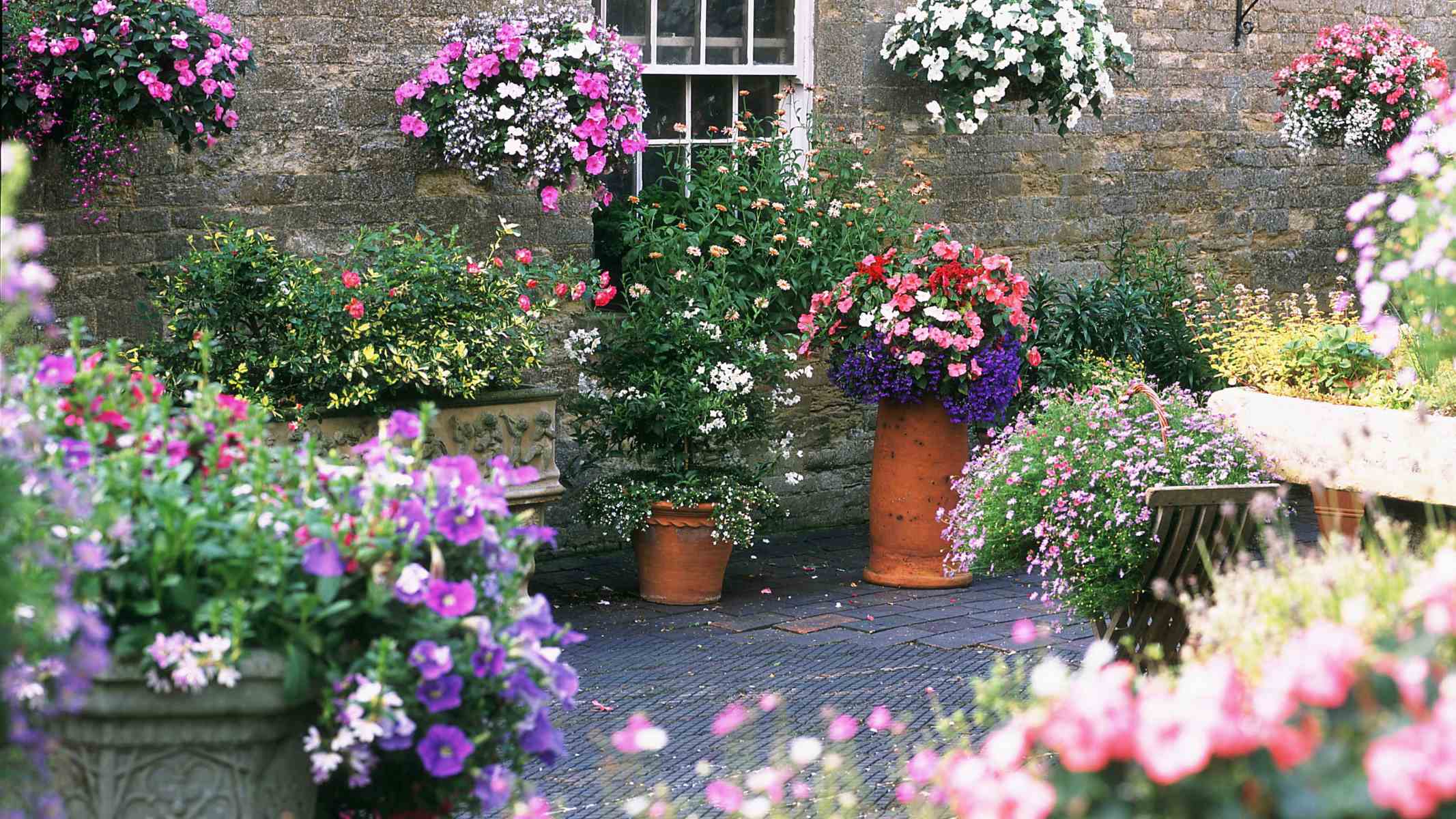
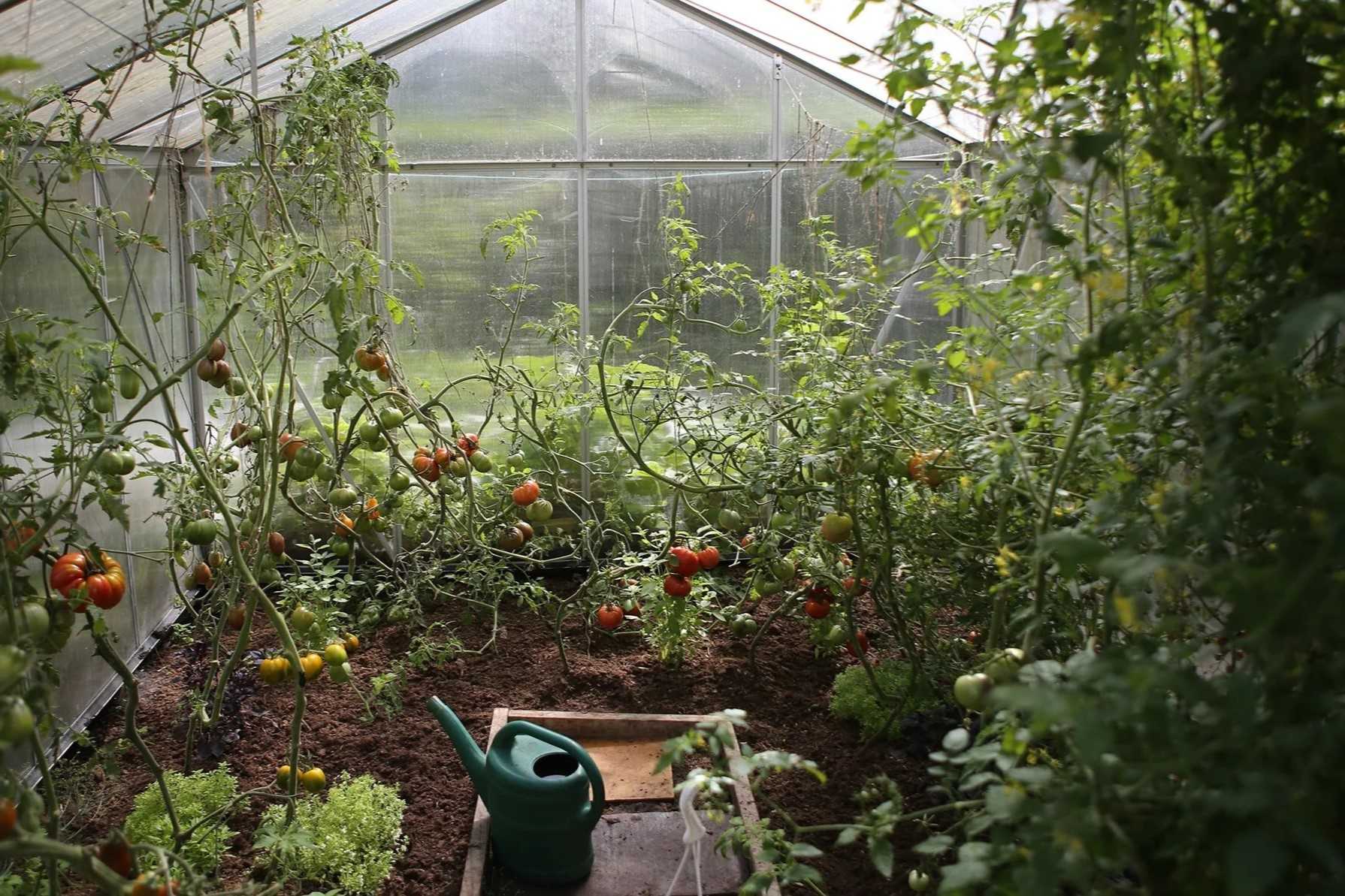
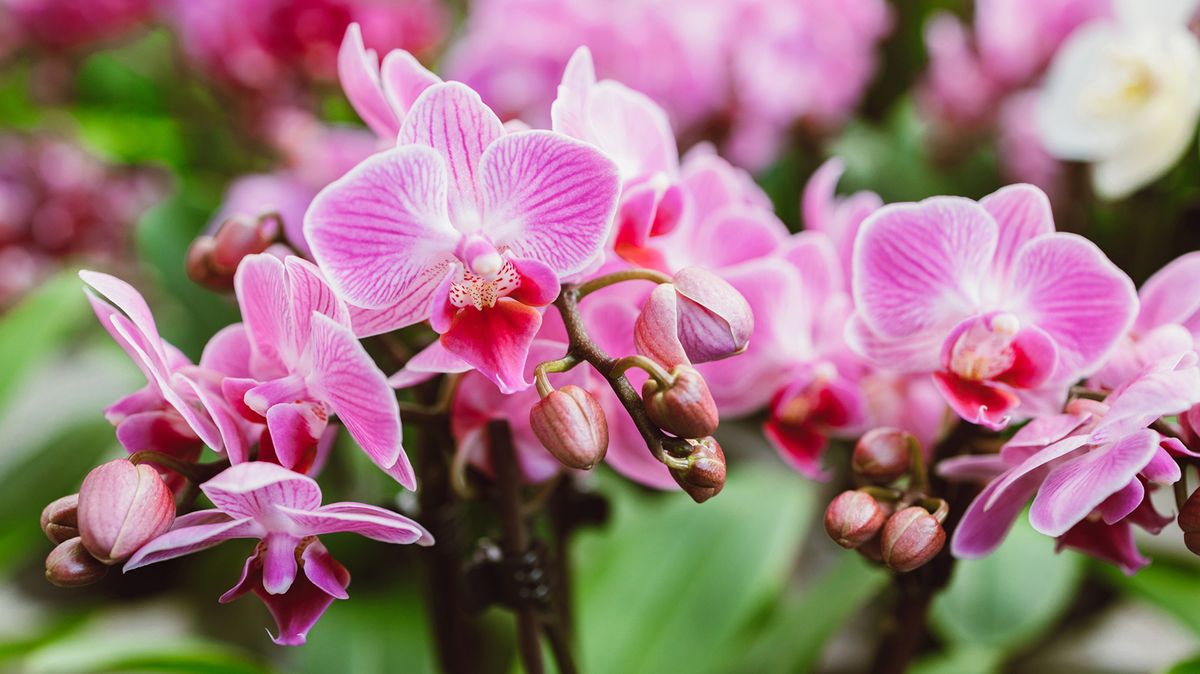
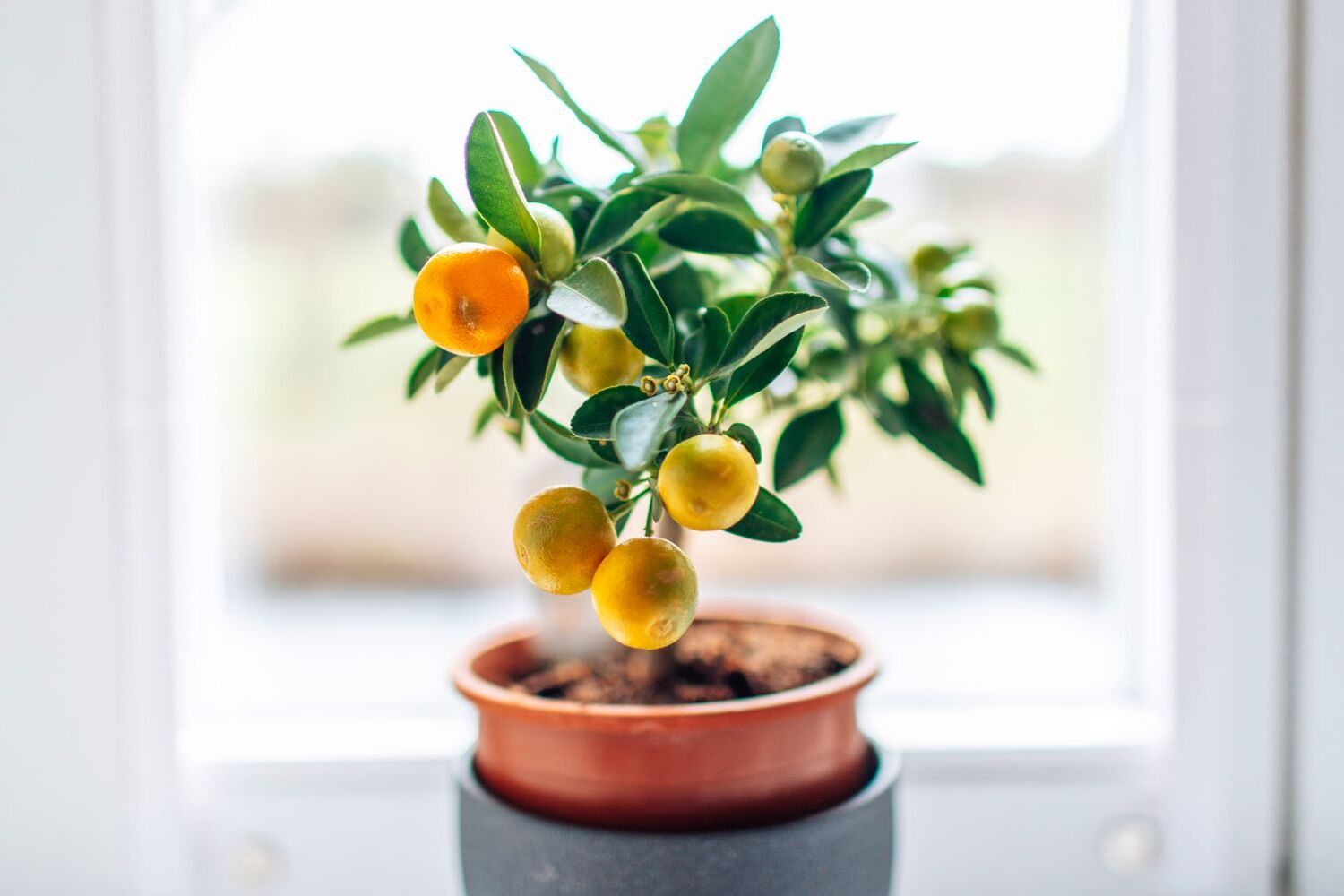
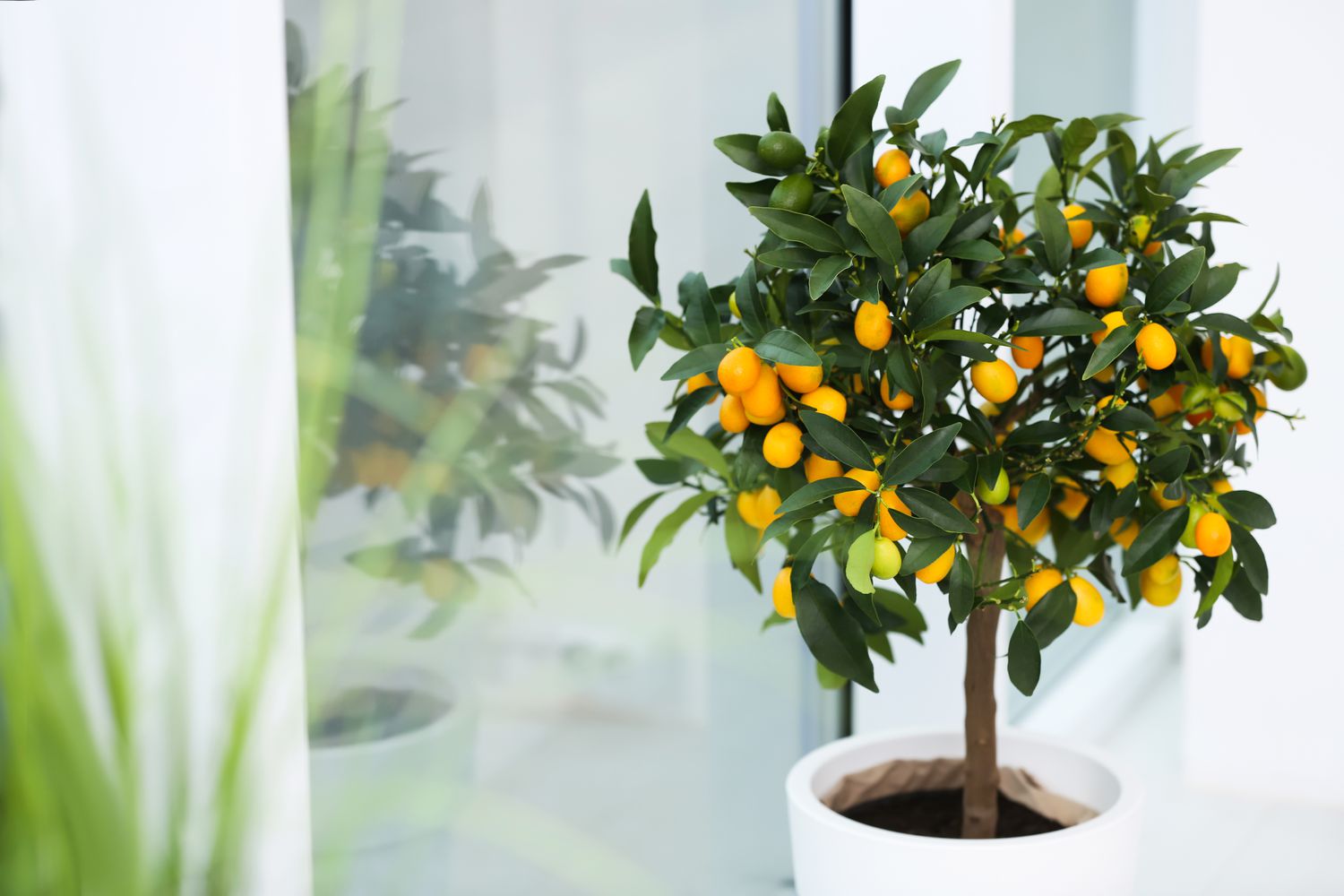
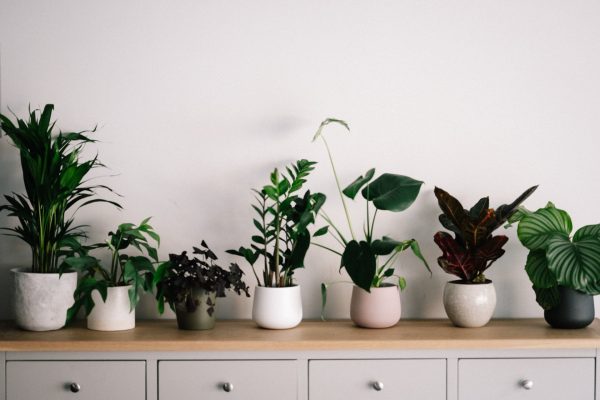
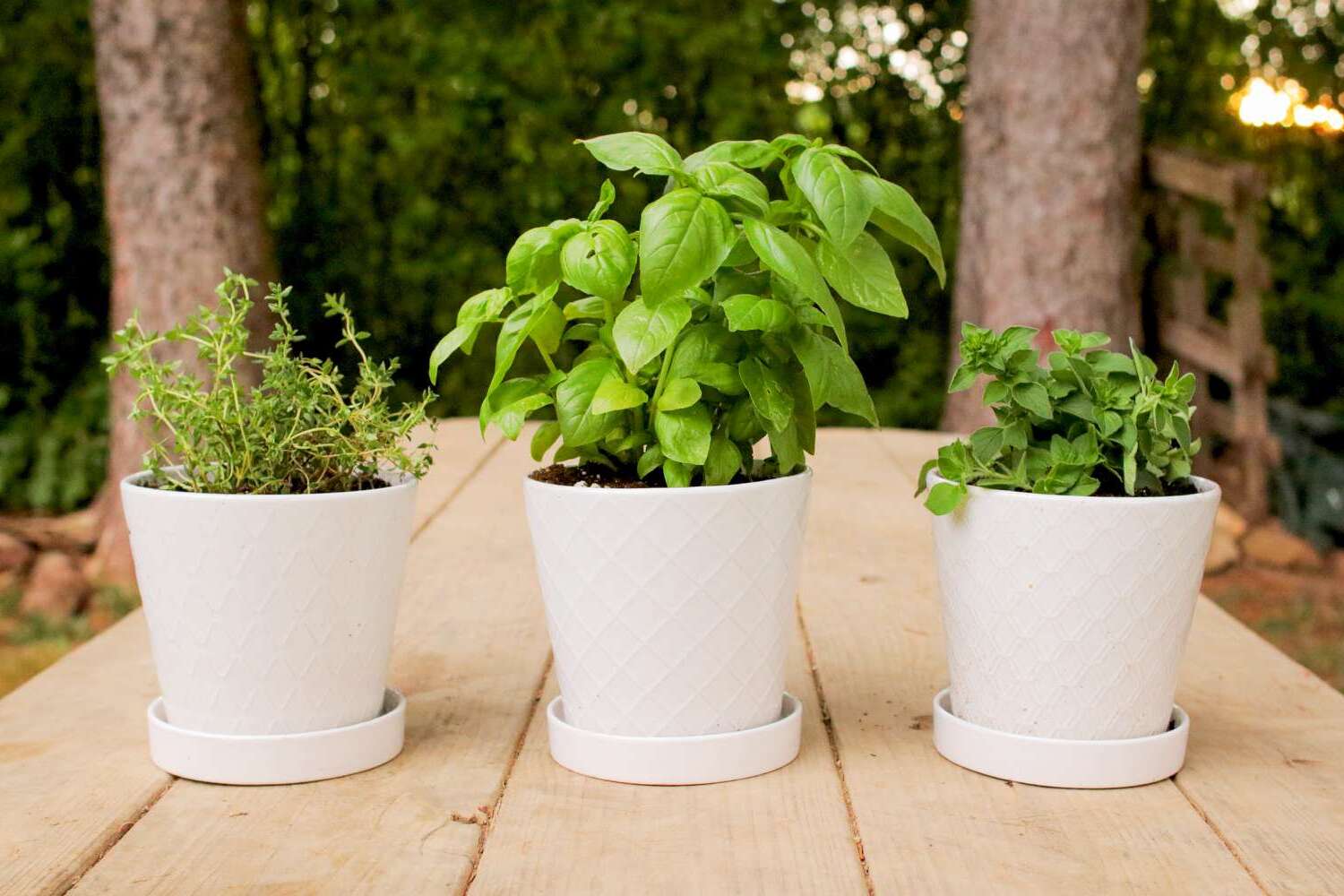
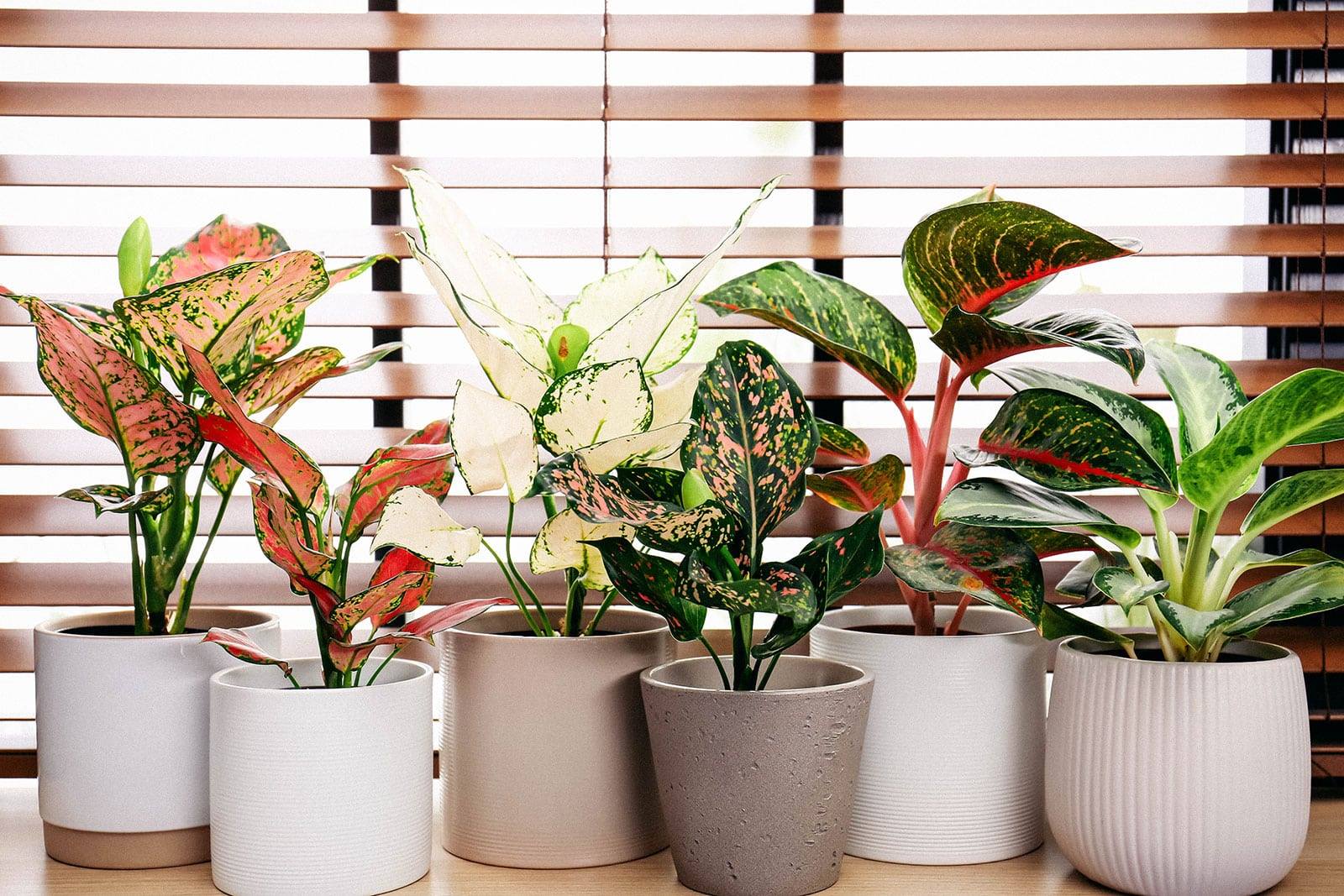
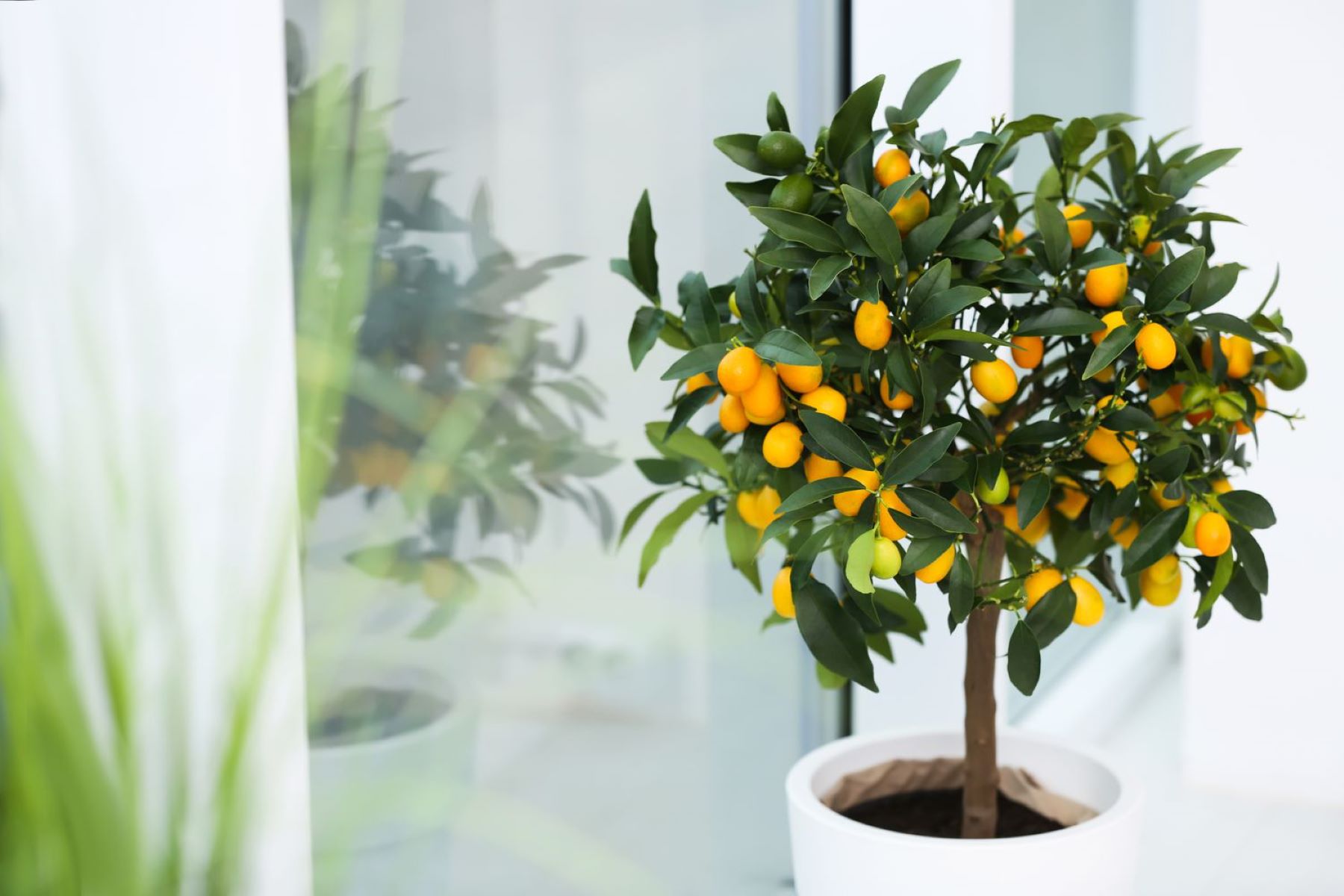
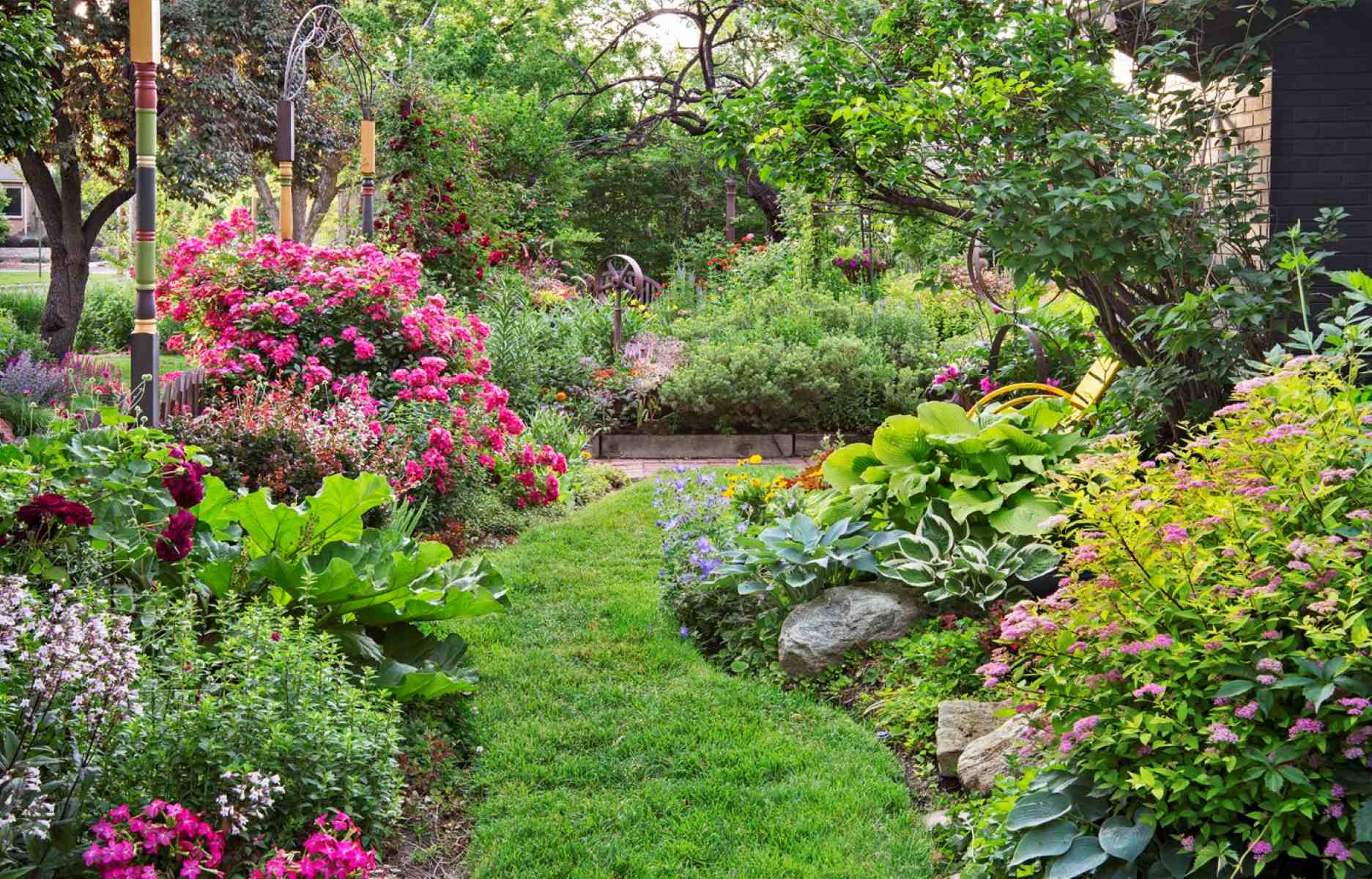
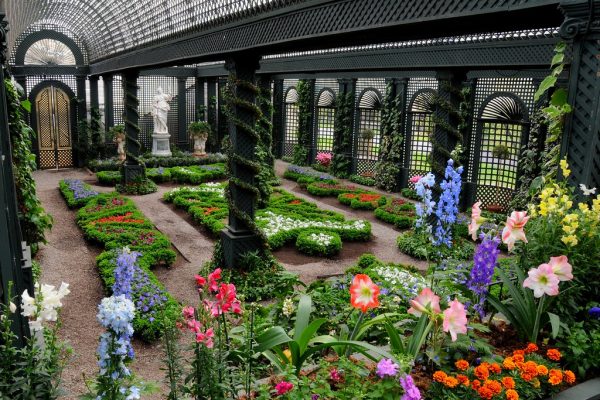
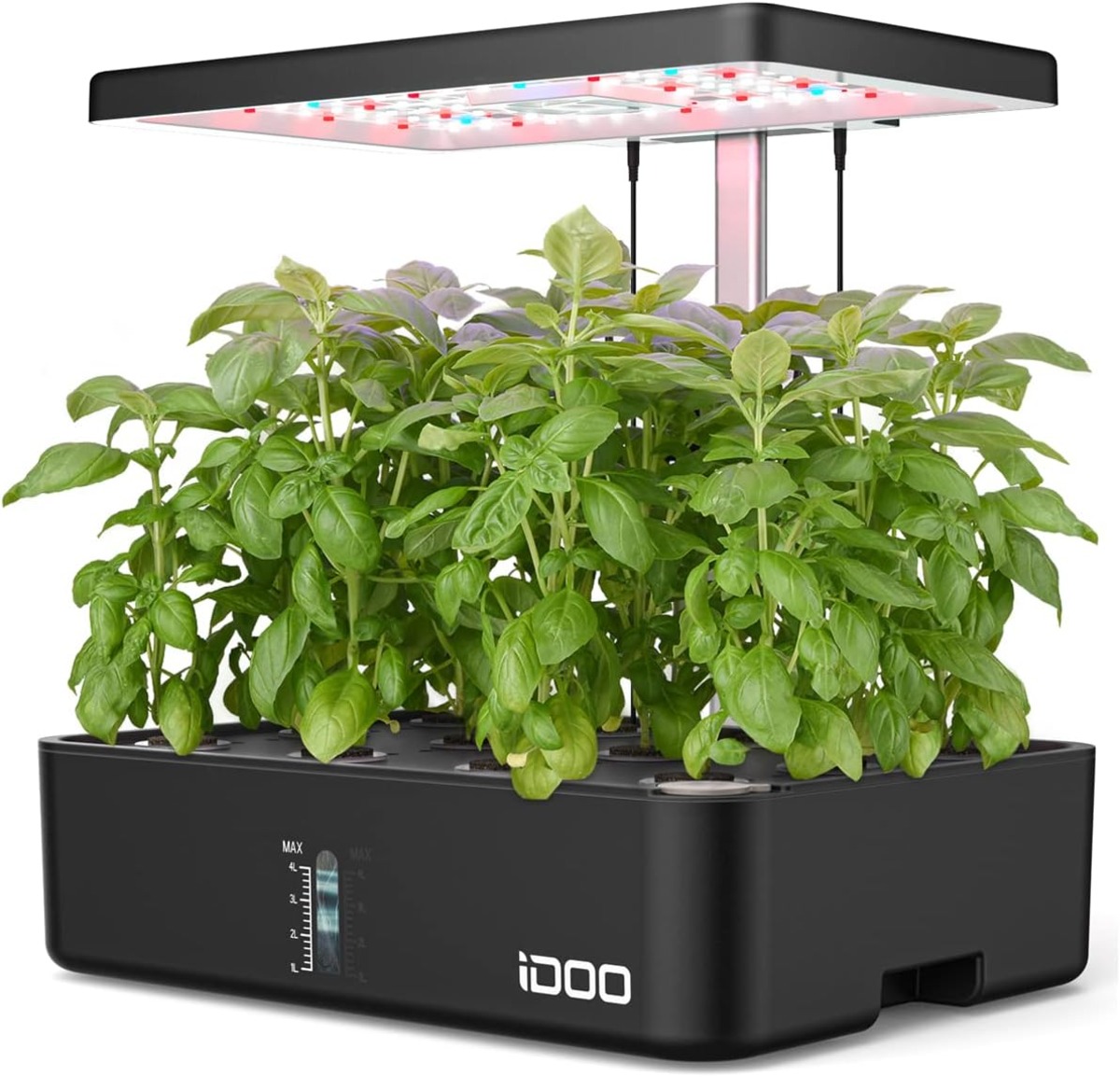

0 thoughts on “The Enchanted Garden Year-Round Indoor Growing”